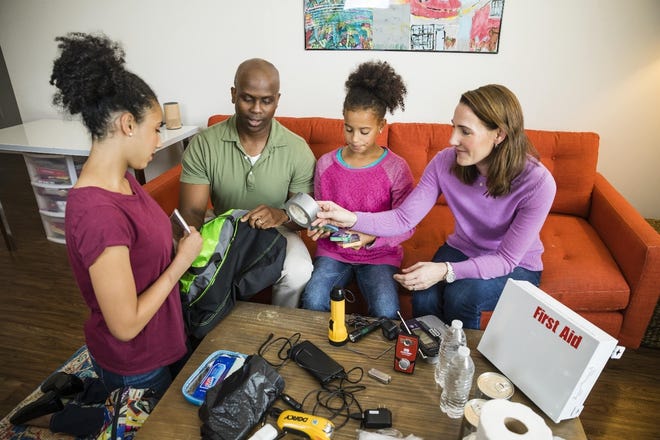How to create a PACE plan
Imagine cell and internet going down and you have no way to contact your loved ones. What would you do?
Having a plan to communicate with family members or team members when infrastructure goes down is a great way to provide peace of mind, considering the threats we face today. A plan can also reduce the amount of stress we experience during these types of outages.
PACE is an acronym for Primary, Alternate, Contingency and Emergency. When creating a PACE plan, thought is given to how you would communicate to loved ones or team members within each category.
The Primary plan is what you do when the world is operating as normal, with no interruptions to power grids or communications systems. An example of a Primary plan would be to use your cell phone to call a family member.
Alternate plans are methods of communication that would not be as convenient or as good as the Primary but is still a viable option. An example of an Alternate plan is to use social media, email or Zello to contact a family member.
Contingency plans come into play if primary and alternate methods fail. This solution is not as convenient as the first two options. In this scenario, cell phone networks and the internet are likely down. An example of a contingency plan is to use radio to communicate.
The last step in PACE planning is the emergency method. This is your last-ditch plan. Nothing else has worked and you need to think out of the box. In this scenario your last-ditch effort might be to meet your family members at a park if that is the closest point to your workplaces. If one person doesn’t show up, then maybe you can leave a note in a pre-determined location at the park and head home.
So, considering the points above, a basic PACE plan for your family could look something like this:
- Primary – Text message
- Alternate – Zello
- Contingency – GMRS radios
- Emergency – Meet up in person
You would then add more detail around each of these categories, like specifying a group for texting, channels for Zello and radio, and a location to meet up.
When working on your PACE plan, try to avoid having a single point of failure. If all your plans rely on the internet, then you are vulnerable to internet failures.
PACE plans should be reviewed and updated on a regular basis to account for changes to the channels you use, people included, phone numbers, etc. Instructions can be printed on a wallet-sized card and given to each person.
Does your family have a PACE plan? Does your My Ready Plan team have one? Take your assessment and learn how to get ready, so you are ready, when you gotta be ready.
